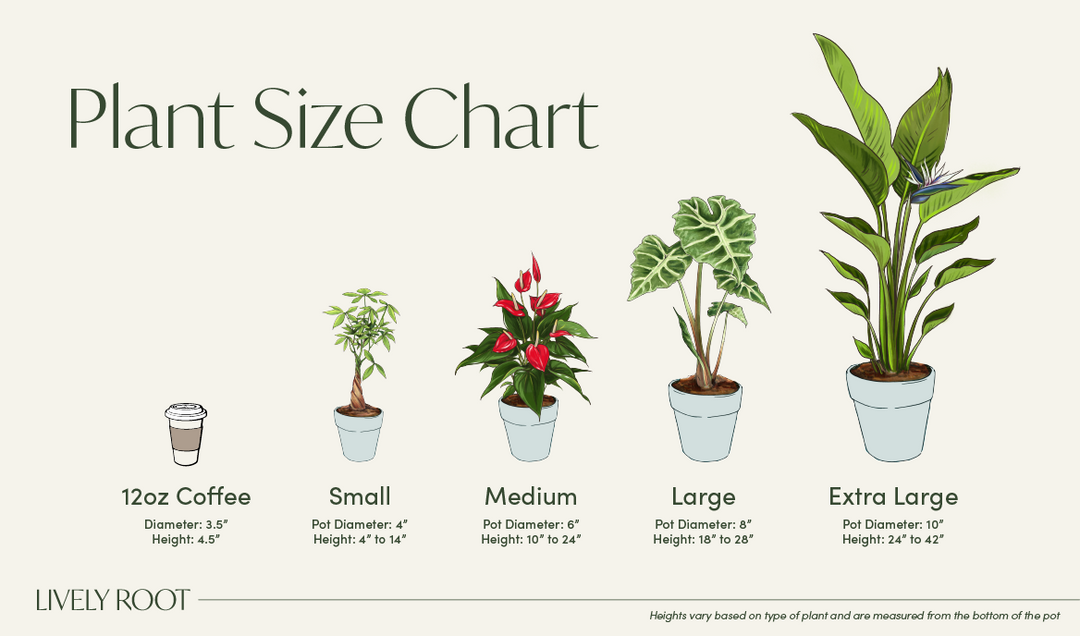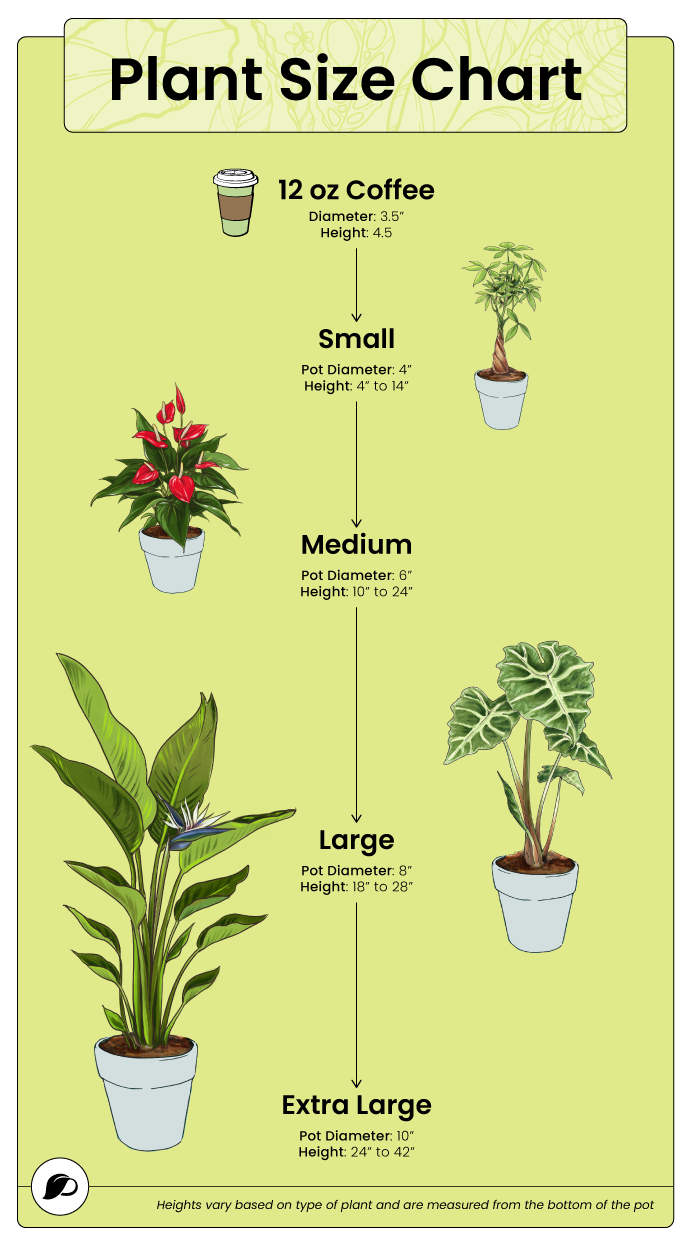Gift Card Balance
Enter the code below to redeem your gift card

The Rattlesnake Calathea, also known as Calathea Iancifolia or Goeppertia insignis, is a striking prayer plant known for its long, lance-shaped leaves with dark green spots that resemble a rattlesnake’s skin. This houseplant belongs to the Marantaceae family and originates from the tropical regions of Brazil. It typically grows to a height of 1-2 feet, making it suitable for indoor environments.
Rattlesnake Calathea thrives in low to medium light conditions and prefers consistently moist, well-drained soil, making it a relatively easy-care plant. In Feng Shui, this tropical beauty symbolizes a new beginning and positive changes. Additionally, Calathea is non-toxic to pets, making it a safe choice for households with animals. Other popular Calathea varieties include the Calathea Cathedral Windows and the popular Peacock Plant, which are also part of the prayer plant family and share similar care requirements.
The Calathea Rattlesnake is relatively easy to care for, making it ideal for both beginners and experienced plant enthusiasts. Follow these guidelines to keep your plant thriving.
Calathea Lancifolia prefers consistently moist soil but should never be waterlogged. Water when the top inch of soil feels dry. Use filtered or distilled water to avoid leaf spotting. Place your plant in bright, indirect light. Direct sunlight can scorch the leaves, so a spot with filtered light or partial shade is ideal.
This plant thrives between 65-75°F (18-24°C) and doesn’t tolerate cold drafts. High humidity is essential for the Calathea Rattlesnake. Maintain humidity levels above 50% by using a humidifier, placing a tray of water near the plant, or misting the leaves regularly.
Use a well-draining, peat-based potting mix for your Calathea Lancifolia Rattlesnake. Repotting should be done every 1-2 years during the spring to refresh the soil and provide more room for growth. Ensure the new pot has drainage holes to prevent waterlogging. Feed monthly during the plant’s growing period.
To keep the plant healthy, regularly remove any yellow or damaged leaves. Rattlesnake Calathea propagation is best done by division during repotting. Gently separate the plant into smaller sections, each with roots attached, and plant them in fresh soil. Pruning is minimal but can involve trimming any leggy growth to maintain a bushy appearance.
Watch for common issues, such as brown leaf edges, which often indicate low humidity or fluoride in tap water. Pests like spider mites and aphids can be treated with insecticidal soap or neem oil. Ensure proper watering to avoid root rot, and adjust light exposure to prevent leaf burn or fading.
The Goeppertia Insignis is a versatile plant that enhances various indoor spaces and makes an excellent addition to plant collections.
The following companion plants can enhance the beauty and harmony of your indoor garden by complementing the Calathea Rattlesnake’s stunning foliage.
Consider these alternative options if you’re looking for similar plants with unique features and pet-friendly qualities.
Enhance your indoor space with the rare beauty and air-purifying benefits of the Calathea Rattlesnake, available at Lively Root! Buy now to add a touch of tropical elegance to your home or office!
Follow us @livelyroot & show us your #livelyroot plants

